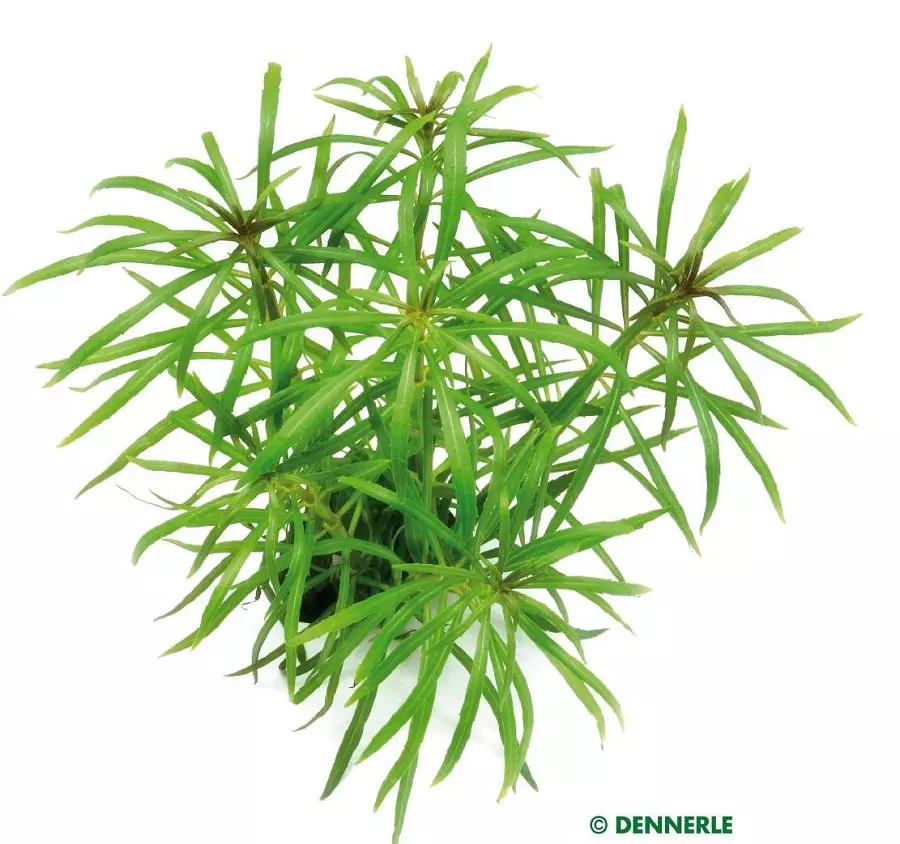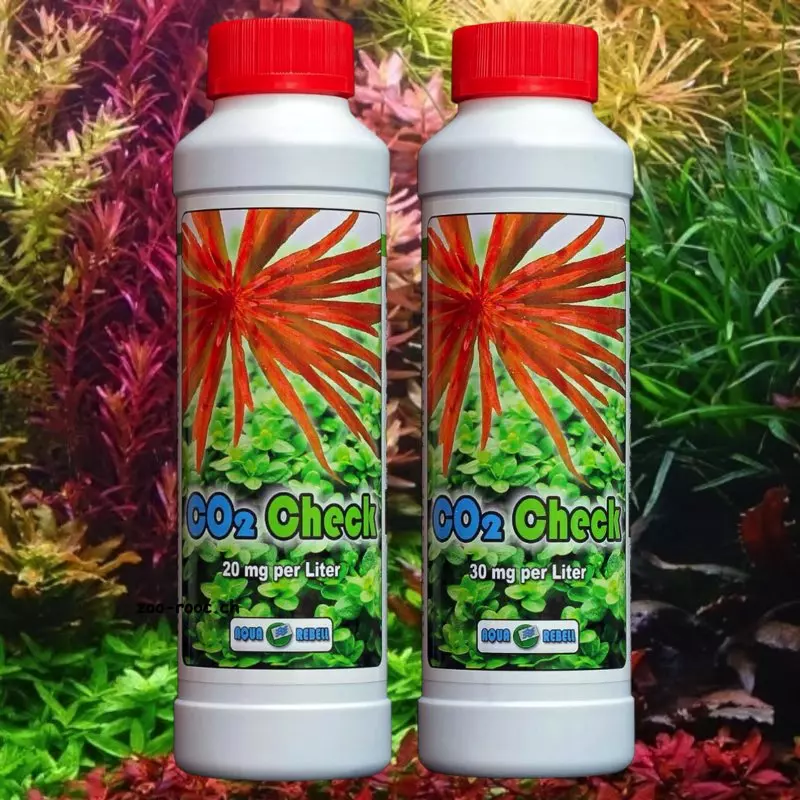

CHF 11.90
Stock: 0
Available in 1-3 days, acquisition time 14 days

Hygrophila pinnatifida - Aquarienpflanze aus Indien
| max. Wuchshöhe | - 40 cm | Herkunftsland | Indien |
|---|---|---|---|
| Eignung | Aquascaping, Gesellschaftsaquarium, NanoCube | Typ | Stängelpflanze |
| Familie | Acanthaceae | Gattung | Hygrophila |
| Vermehrung | Seitensprosse | Wuchsgeschwindigkeit | mittel |
| pH | 5 - 8 | Wasserhärte | 5 - 12 °dh |
| Hinweise | Kann auch auf Steinen oder Wurzeln wachsen, was für eine Stängelpflanze eher untypisch ist. | ||
Eine neue Art aus Indien mit ungewöhnlichem Charakter. Sie ist erst seit wenigen Jahren im Handel und wird immer häufiger in faszinierenden Landschaften gepflanzt. Einerseits sind ihre Blätter sehr attraktiv von rostbraun bis olivgrün, andererseits ist die Blattform schön fiederschnittig. In Kombination mit einfach geformten Pflanzen verstärkt sich der Ausdruck dieser ornamentalen Blattform. Eine weitere Besonderheit ist die Fähigkeit, auf Steinen und Wurzeln zu wachsen - für eine Stängelpflanze völlig untypisch.
| Aquarium: | Community aquarium, Landscape/Aquascaping, Nano Aquarium |
|---|---|
| Feature: | In the middle ground, Stem plants |
| Genus: | Hygrophila |
| Growth: | medium |
| Origin: | Asia |
| Properties: | Stem plants |
| Stand: | In the middle ground |
1 of 1 reviews
5 out of 5 stars
Login
10 October 2025 16:27
Très bien. Conforme à la description
Très bien. Conforme à la description
Customers also bought
Similar products
Customers also viewed








.jpg)















